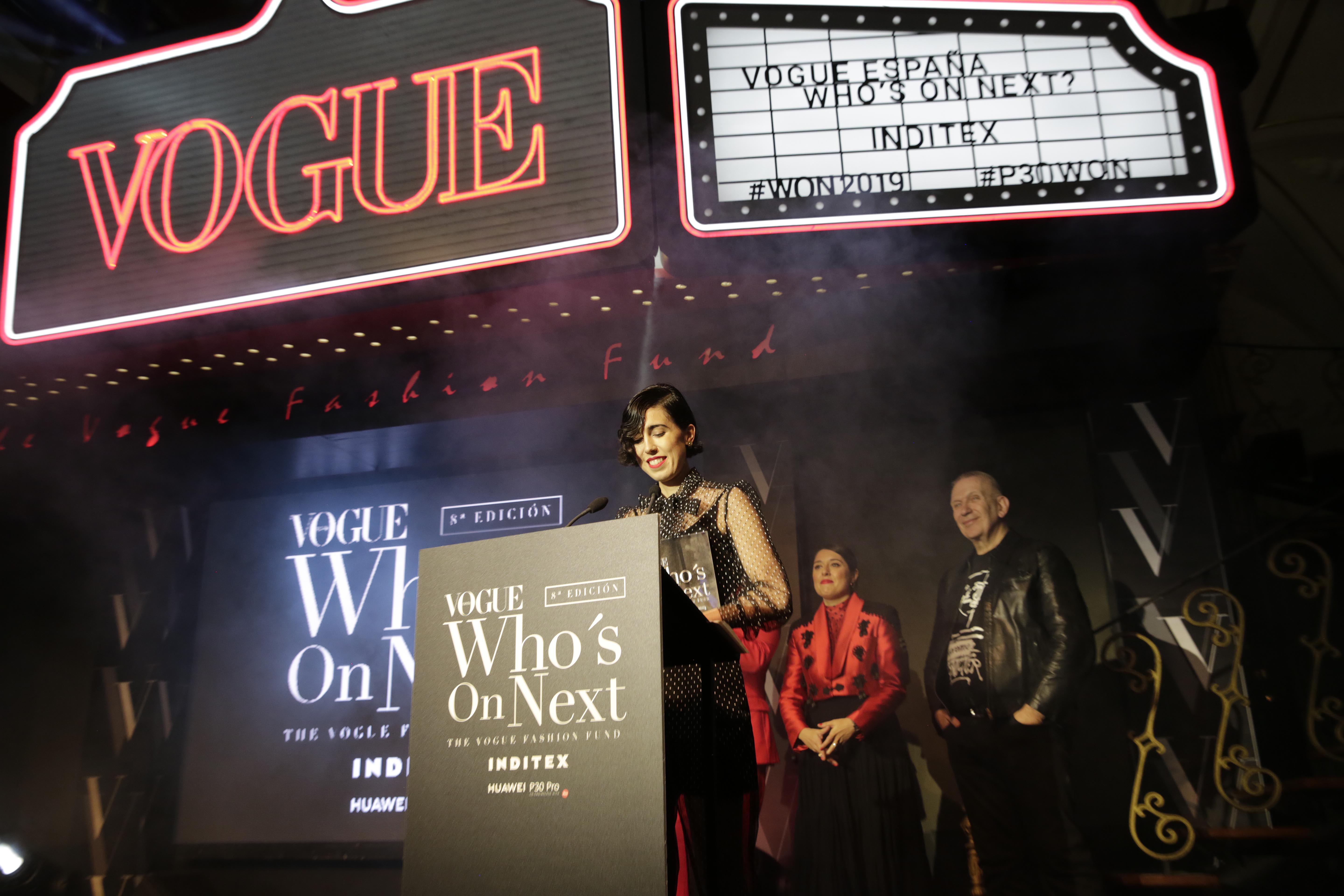
Remember her name,because she has only just started her career and her aura is already shining brightly against the panorama of young talents in Spanish fashion. Her name is Carlota Barrera, she is 26 years old and comes from Gijón. She was planning to become an architect, but fashion crossed her path and her bold efforts to give a contemporary twist to Spanish men’s fashion convinced the experts who recently awarded her the prize Vogue Who’s On Next 2019. This award, which is presented annually, is an international initiative by Vogue magazine and is the biggest prize in Spanish fashion, with an endowment of 100,000 euros by Inditex, which has supported the initiative since the first edition. The financial award is in recognition for talent which aims to develop a business plan and it also includes automatic registration in ACME (Association of Spanish Fashion Designers) plus the possibility of participating in the next edition of the Mercedes-Benz Fashion Week Madrid, as well as having the support of the influential magazine.

The controversial Jean Paul Gaultier, President of the Jury, was in charge of revealing the name of the winner during the ceremony. The other two finalists of this eighth edition were the Sevillian designer Ernesto Naranjo and the Madrid couple Oteyza. This award is a boost to the professional career of this Asturian designer who is resident in London, as was the case in past editions with winners such as Marcela Mansergas, Juan Vidal, Maria Ke Fisherman , ManéMané , Moisés Nieto, Leandro Cano and Palomo Spain , who won in 2018. Carlota Barrera thus becomes part of that cast of young promising Spanish fashion designers, the so-called Who’s On Next Generation
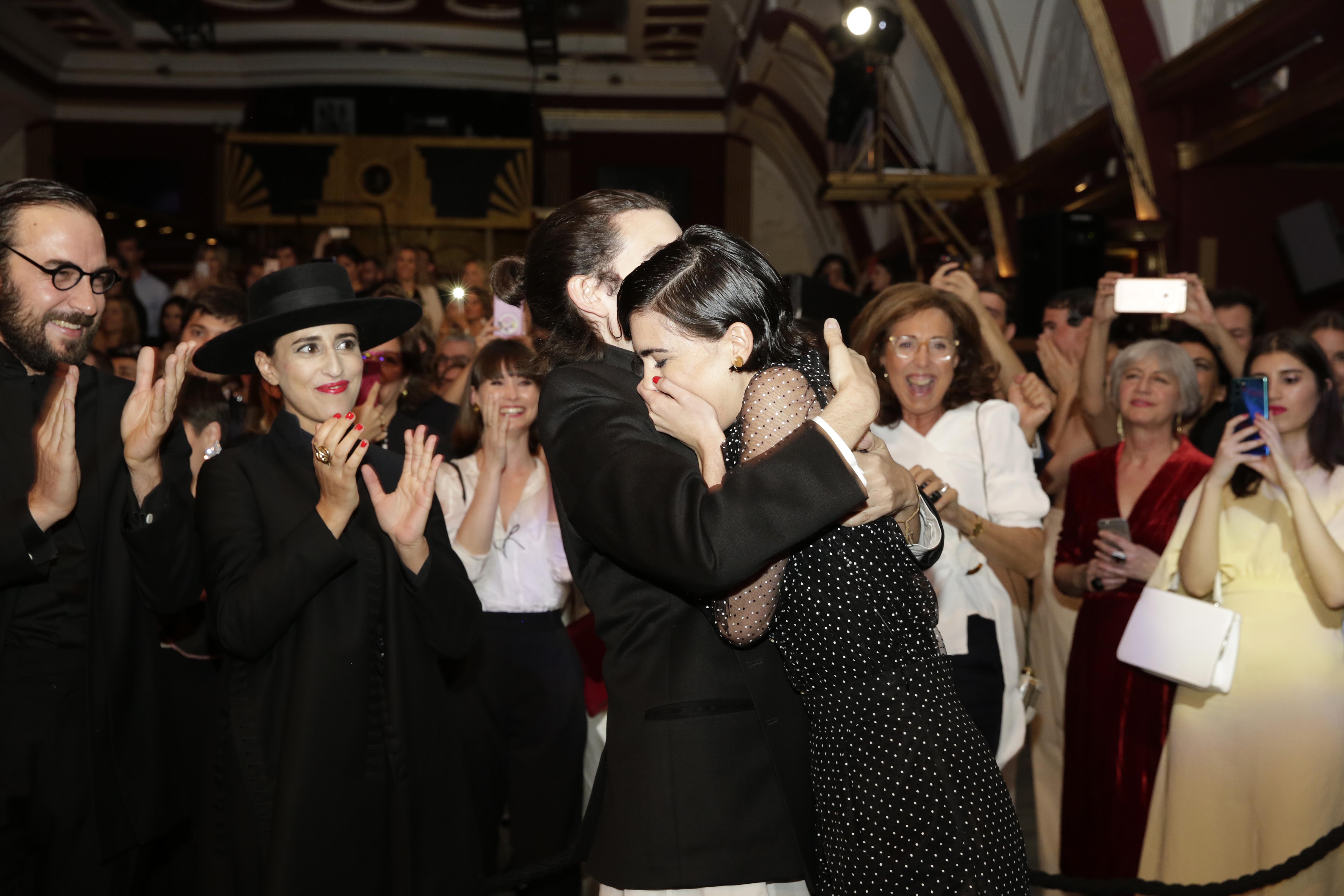
A turn to masculine fashion
Carlota Barrera is from Asturias, but resides in London. Her career actually began in the British capital, after taking a master’s degree at the London College of Fashion and after working in several haute couture houses. In 2018, the young designer decided to fulfill her dream by setting up a company that would shake up Spanish men’s fashion via three basic pillars: tradition, craftsmanship and responsibility. These are the foundations of the creations from her own branded company.
Her company is indeed constantly involved in the search for and innovation in the best fabrics that come from processes which respect the environment. And although her studio is located in London, from where she develops the brand, she presents her collections in Spain and her most emblematic products are those made with materials that evoke her country of origin. “We are a small brand and consider it essential to have control of the value-chain and to be able to maintain ethical and fair values throughout all processes,” said the designer at the award ceremony.
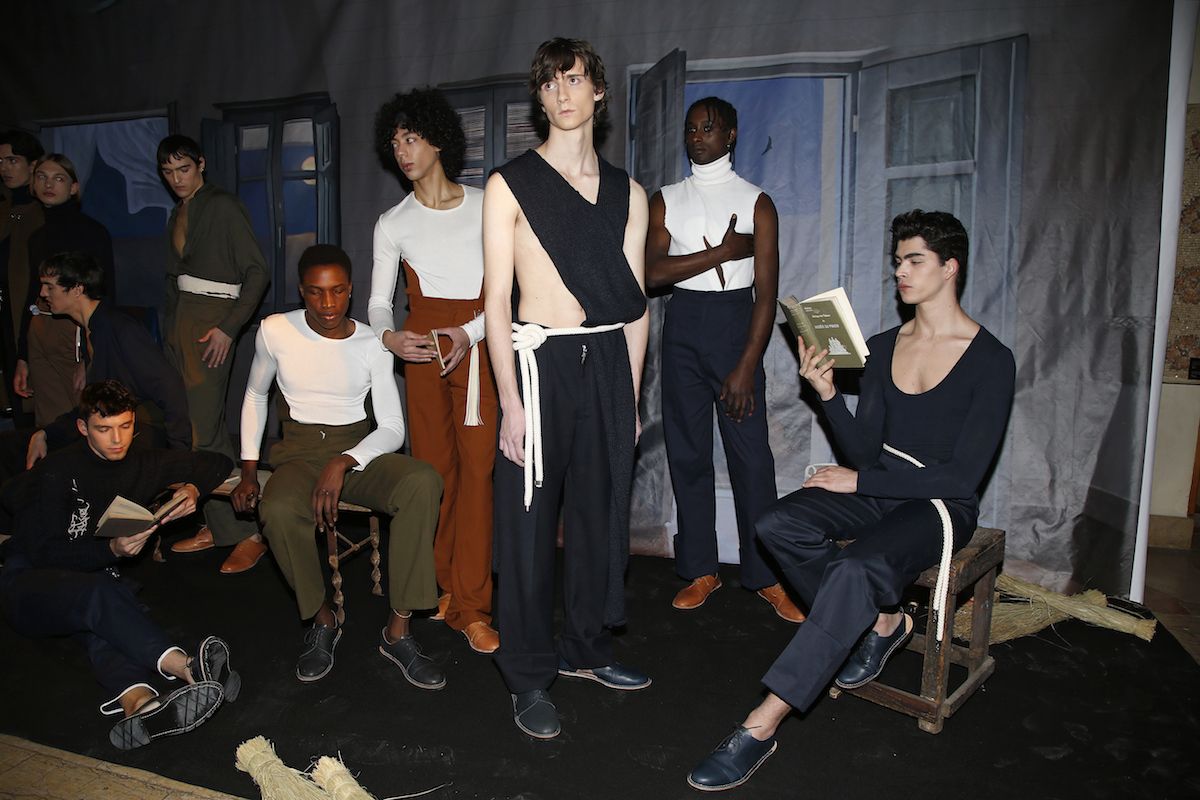
Carlota Barrera designs for an audience of age 20 to 45, for young men who seek heritage, luxury and sophistication in a type of garments that follow the mandates of classic tailoring with its clean patterns and artisan motifs, but with a more modern and aesthetic approach together with current vision. Although her main clients are men, Carlota Barrera also dresses women who are attracted by masculine image and clothing. Among her main objectives is the increase in brand awareness, its development and realisation via international expansion, but emphasizing local fashion and roots culture.
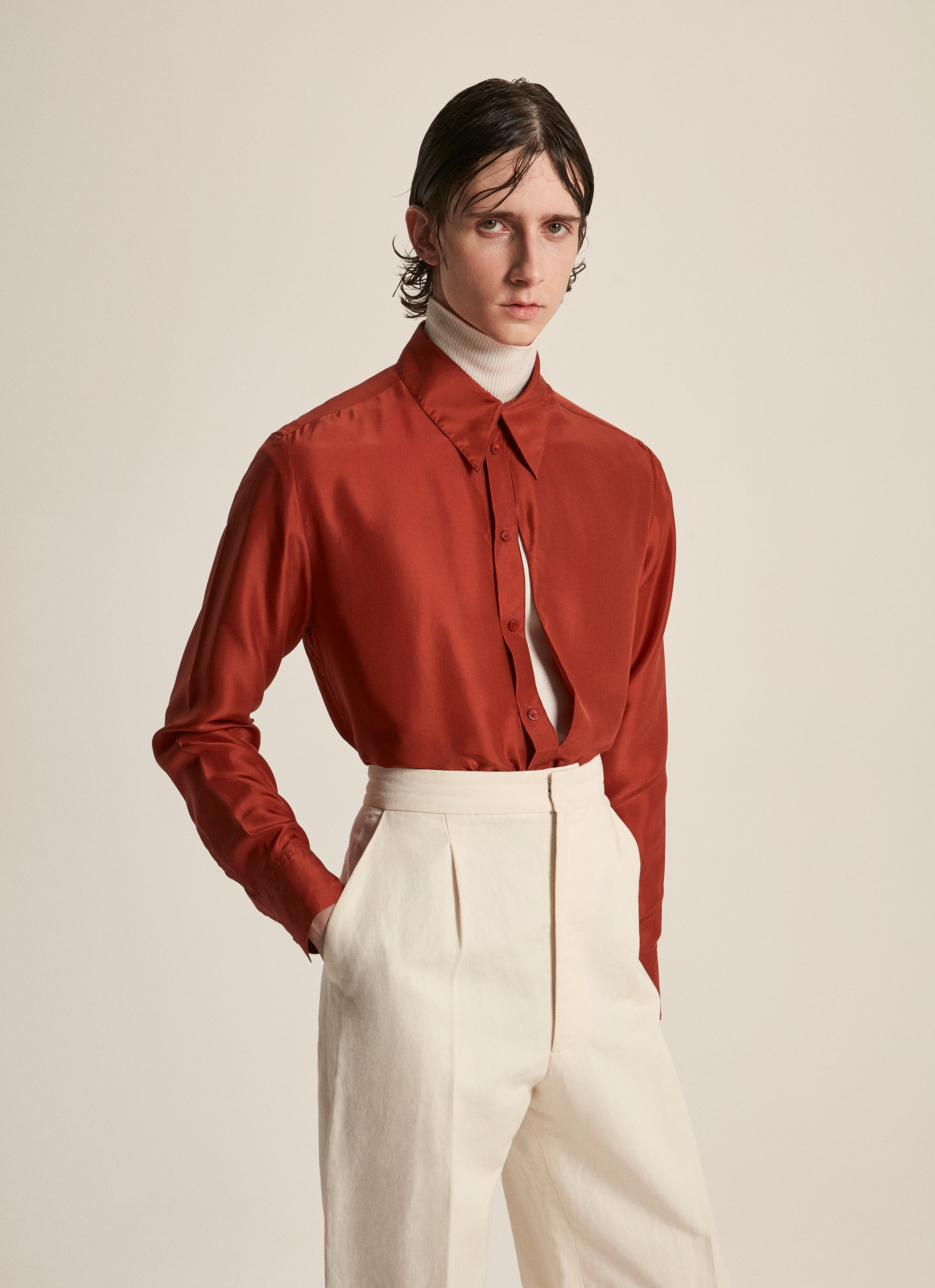 |
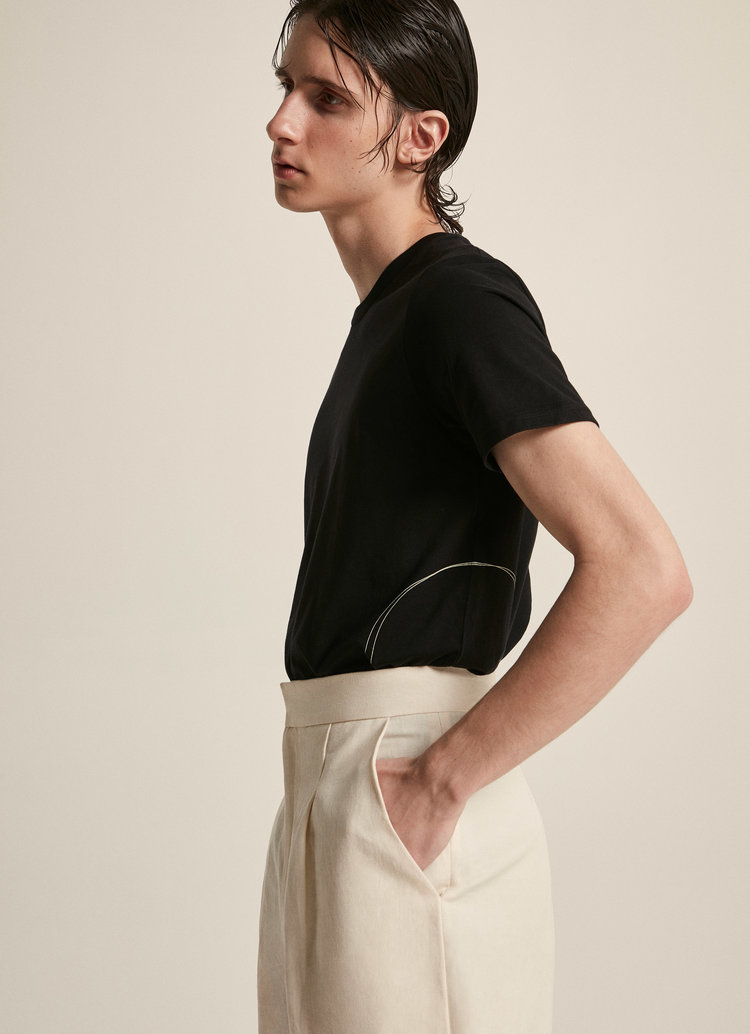 |
Her first men’s collection was “El Matador y el Pescador” and the mission that is evident in all her creations is to achieve the maximum quality in her collections, uniting tradition and contemporaneity to satisfy the demands of the most avant-garde of men. This injection of capital and the support of Vogue can deliver a huge boost to the career of Carlota Barrera, providing upward movement for this young company with plenty to say now as it will doubtless have in the future. The career of this Asturian designer has only just started.
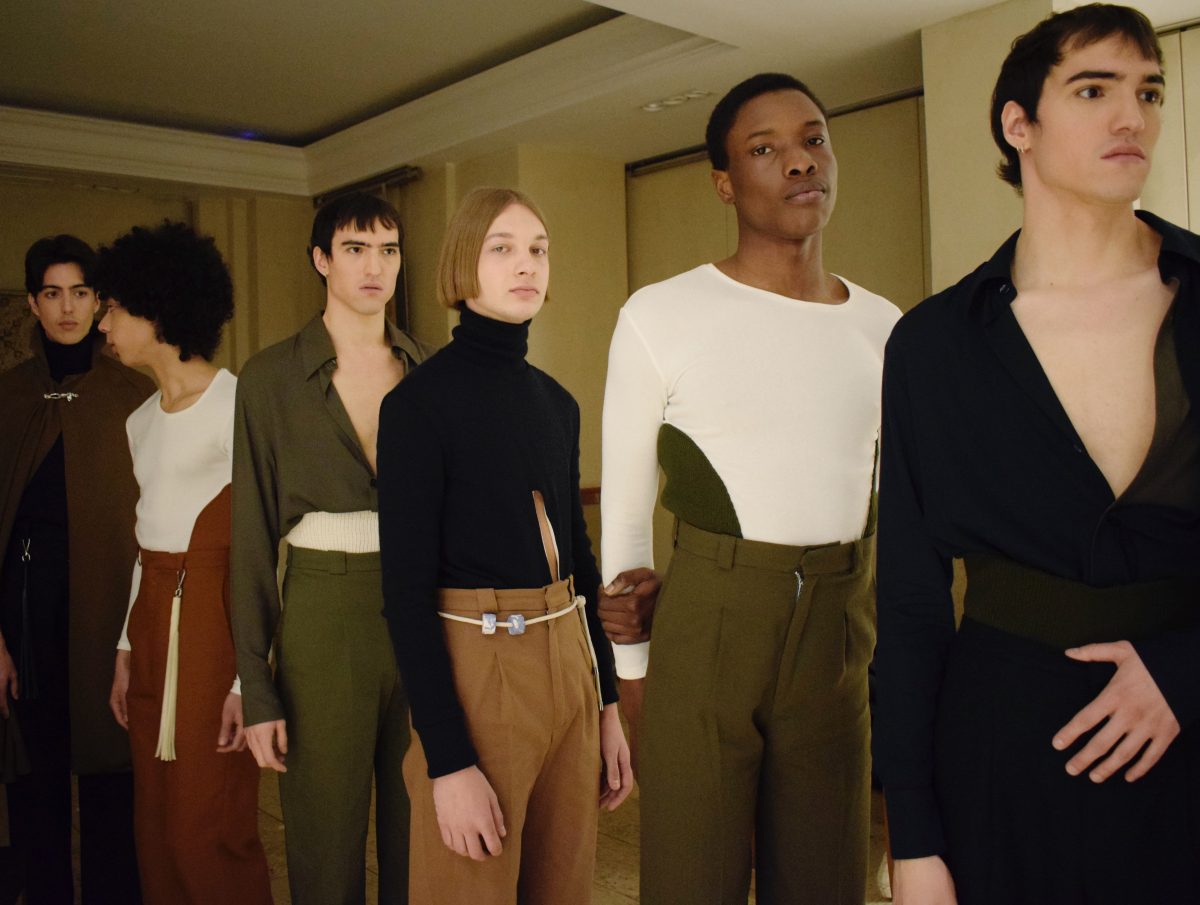
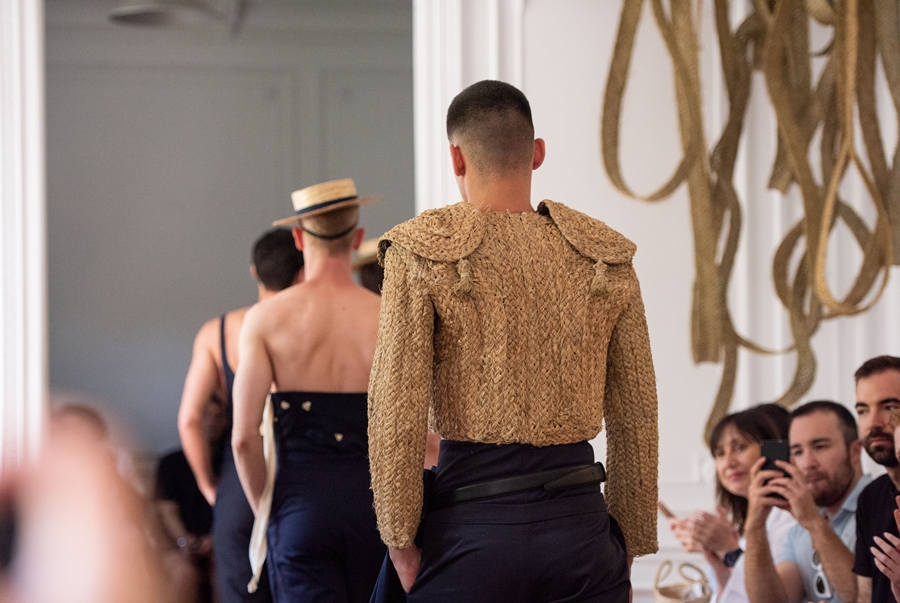
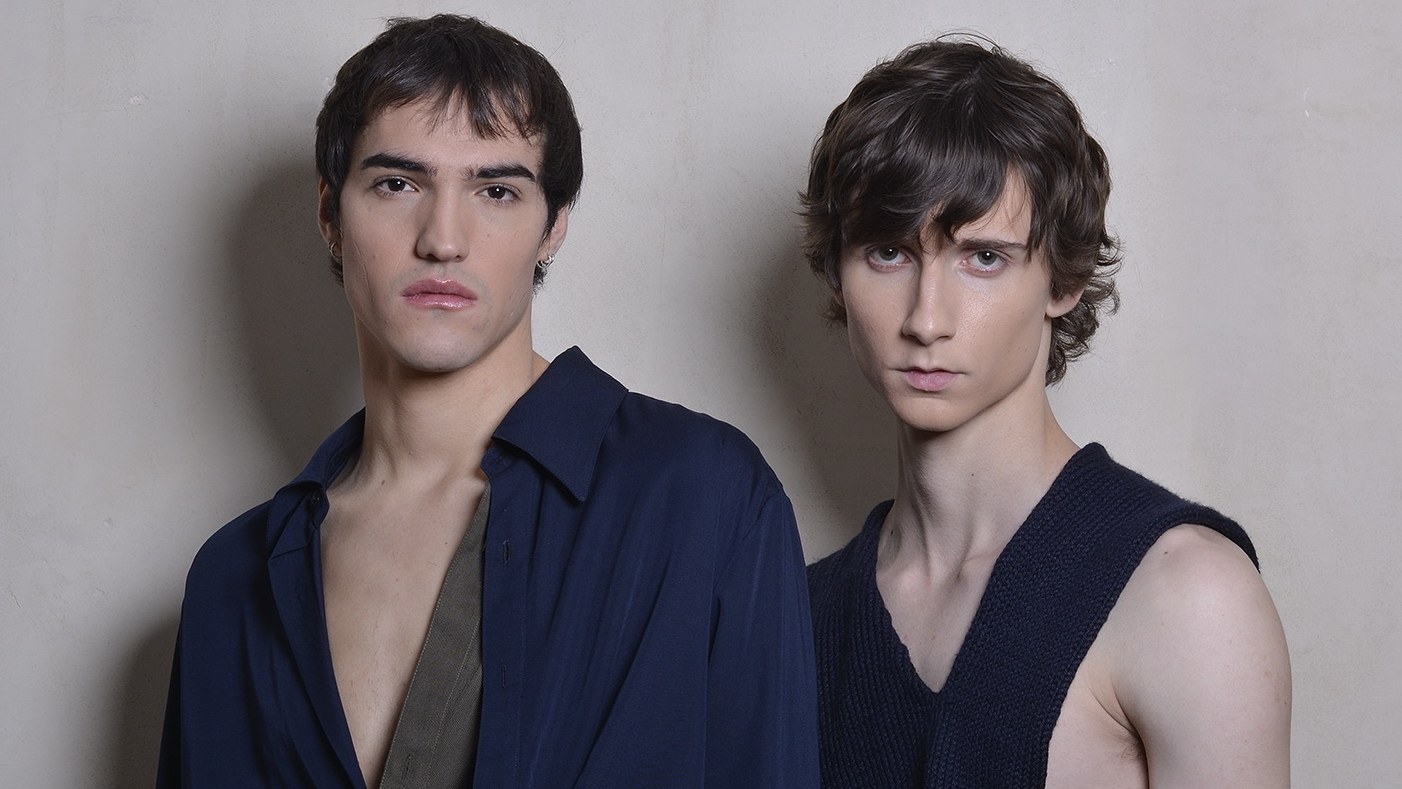
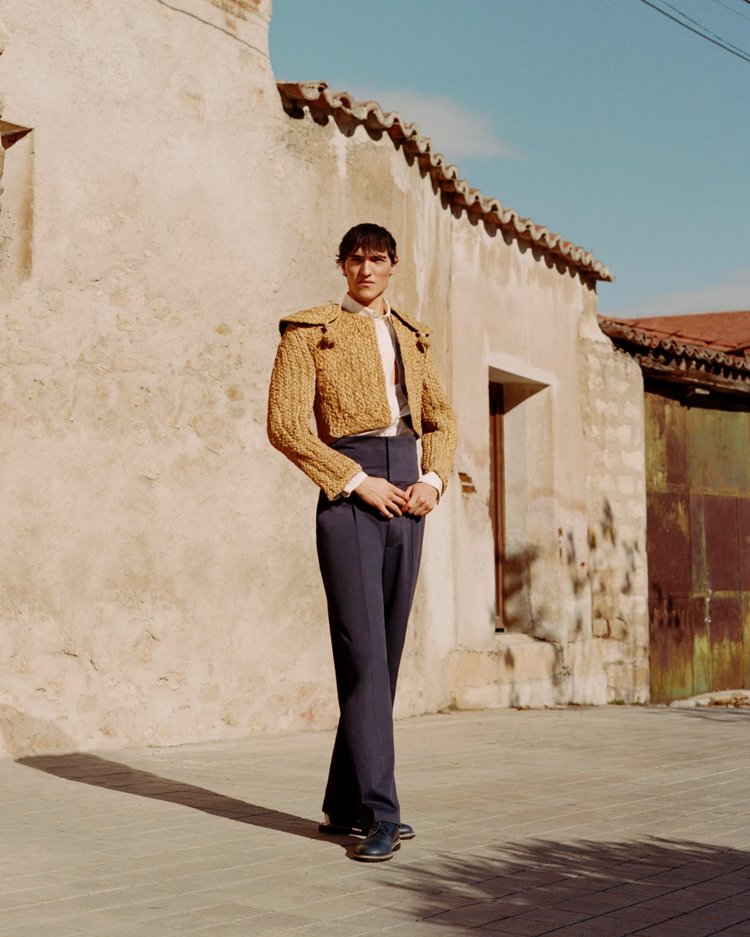
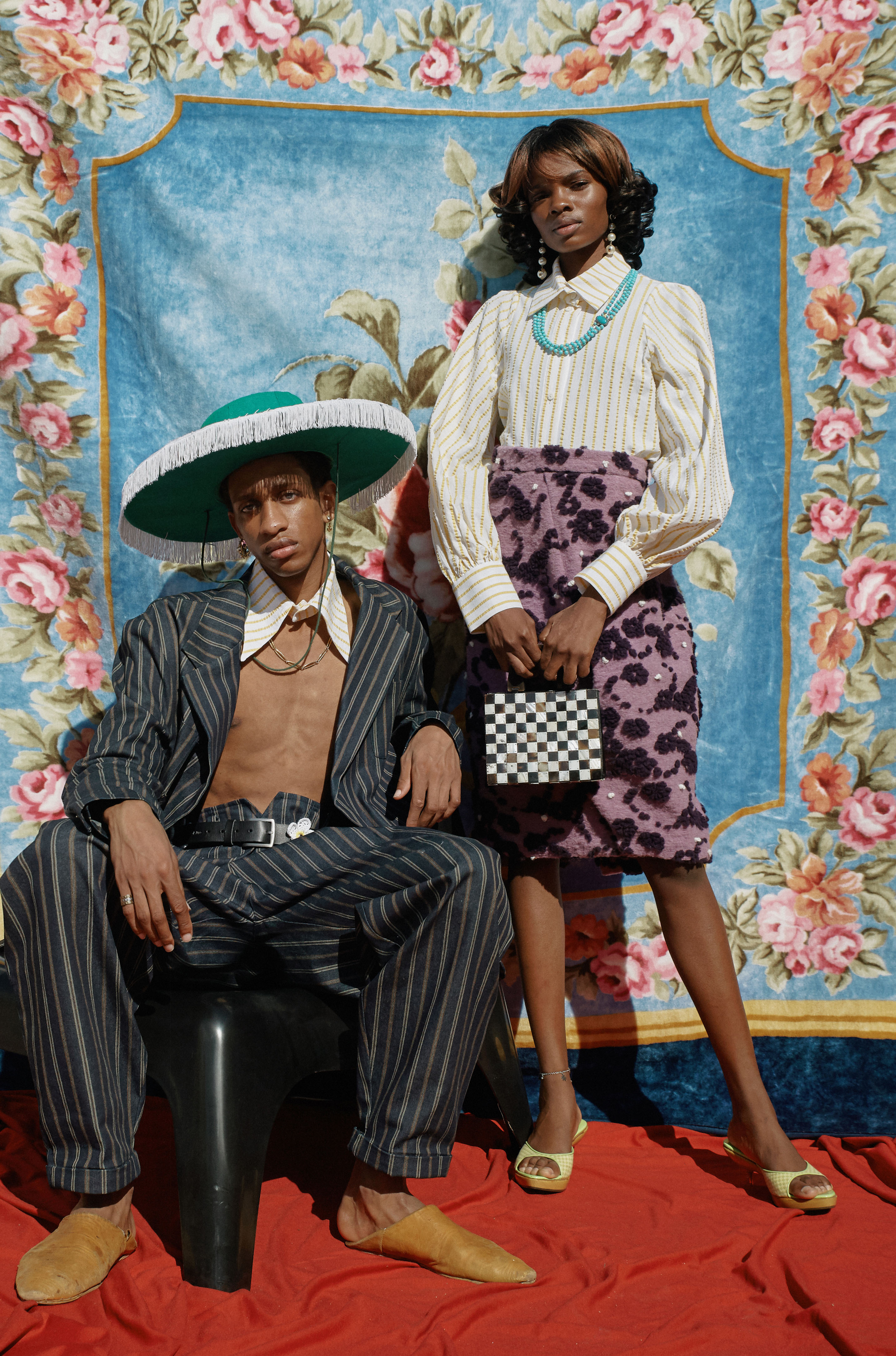
Who are the current ambassadors of design in Barcelona? The unknowns have already been resolved with the winning names of the second edition of the MODA-FAD Awards, the awards given by the Association for the Promotion of Fashion as recognition for their work in the sector.
In this edition the awards of the four professional categories have been: Carlota Barrera in the category of Merit for Clothing Design; Sol Prado in the category of Merit for Complementary Design; Rebeca Sueiro in the category of Merit for Styling and Image , and Ignasi Monreal in the category of Merit for Visual Communication. In addition the MODA-FAD Board will give to Pedro Rovira the Honour Award in recognition of his creativity and for having valued the identity of local and national fashion. Finally, there is also a separate award: that for Student Sustainability, which this time has been awarded to Mireia Panisello, a BAU design student.
The jury that has decided the names featured in this edition are the stylist Ana Murillas , the fashion culture specialist Charo Mora, the designer Claudia Pérez, the fashion editor Estel Vilaseca , and the fashion designer Krizia Robustella.
Discover who is who
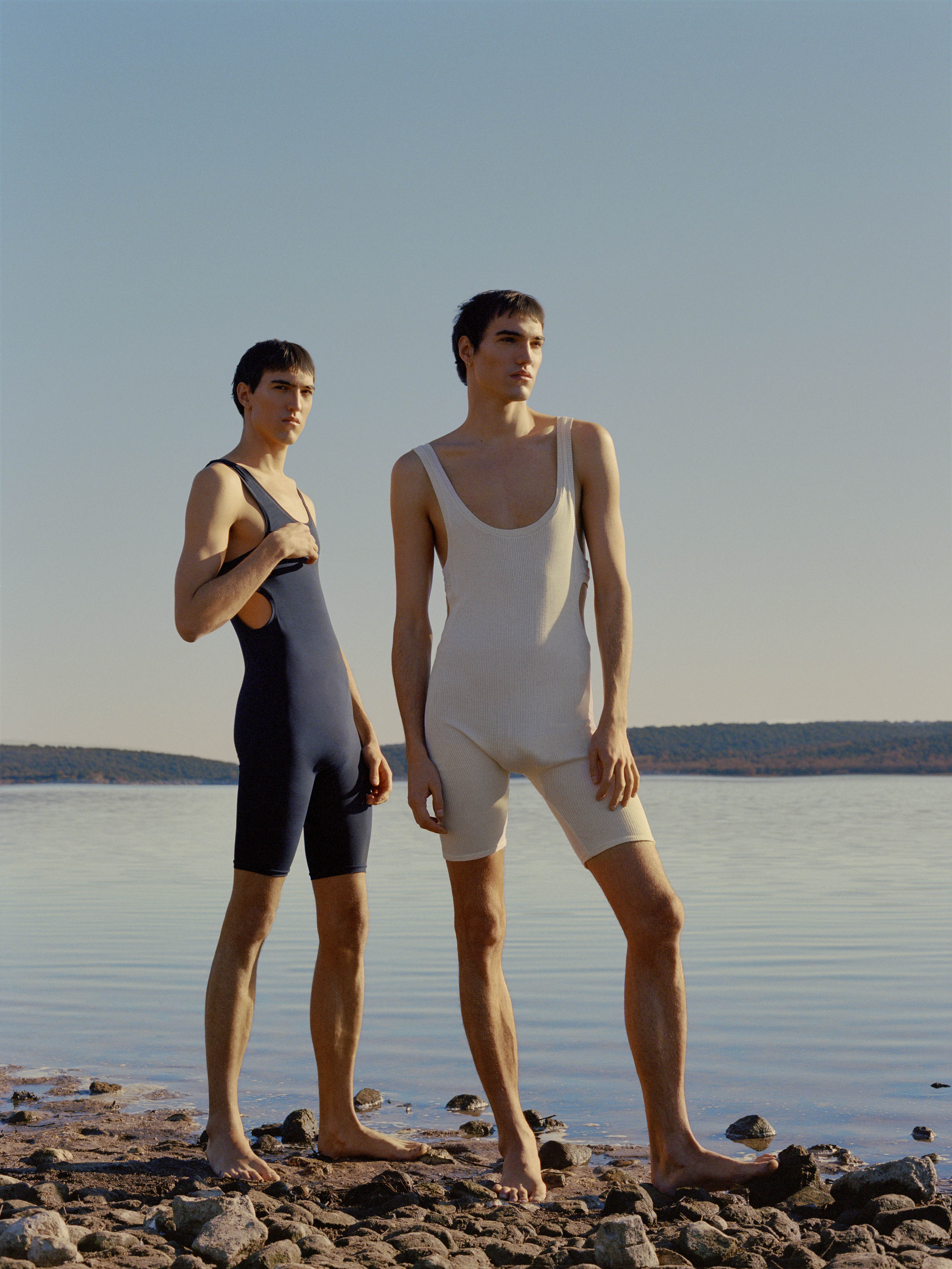
Carlota Barrera
Carlota Barrera is a young designer based in London who holds a master’s degree from the London College of Fashion and has developed her skills working in several haute couture houses. Last year Barrera launched her own named brand with the men’s collection “El Matador y el Pescador”. This company explores modern silhouettes in collections that reflect the classic techniques of tailoring and artisan motifs with a contemporary vision and a very visual approach. Each garment fuses the concepts of heritage and luxury from a fashion-house that represents a vision of modern man.
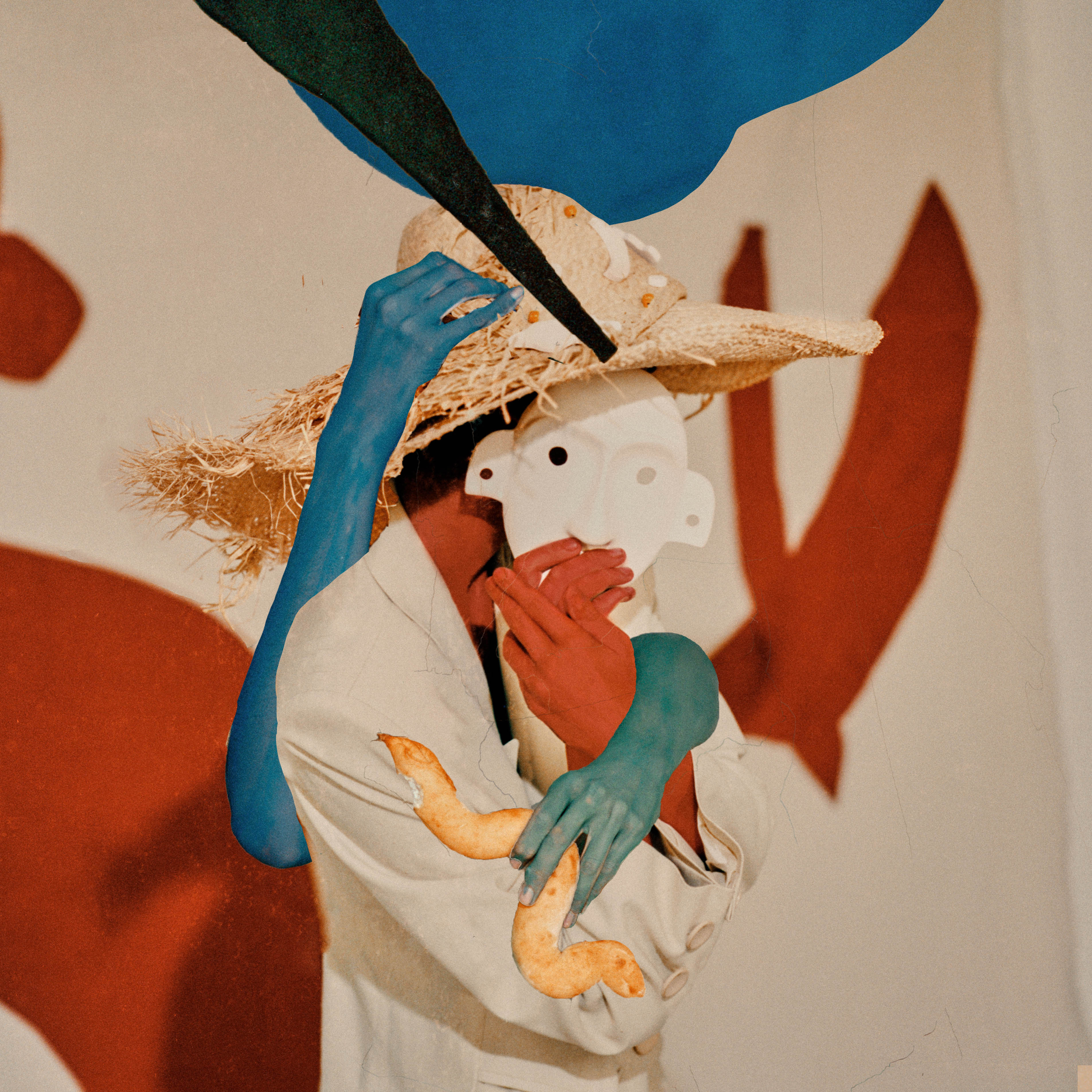
Sol Pardo
Sol Pardo shows her ideals through hats. Concepts such as art, design and craftsmanship are present in each of her creations that are characterized by using reusable hand-made materials. Thus, for example, hats combine acrylic as a distinctive raw material, with straw hats made by hand by a community of weavers. This is the essence of Pardo Hats: to defend the value of the slow fashion with timeless accessories that generate identity.
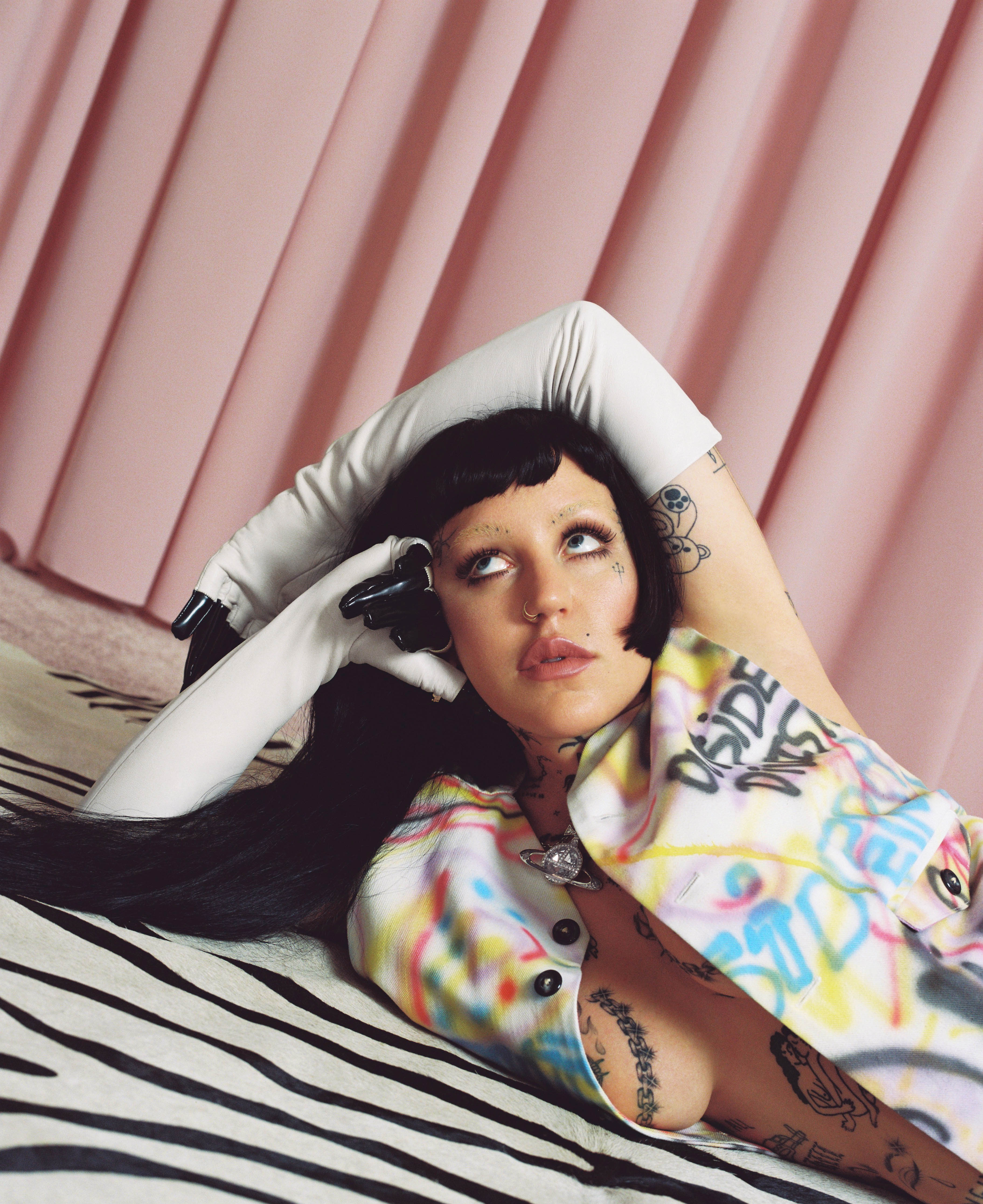
Rebeca Sueiro
The Galician Rebeca Sueiro (A Coruña, 1982) began her relationship with the world of scenic costume in 2002 in her hometown, where she studied Industrial Pattern-making. Sueiro’s editorial work shows her admiration for the subcultures and the most underground artistic, aesthetic and musical scene as well as her travels in Europe, Africa and Asia, where she has actively participated in the rave scene and has lived in artistic communities related to it. Currently Rebeca works in Barcelona and her obsession as a stylist is to see how through clothing each individual constructs a unique language with which to communicate.
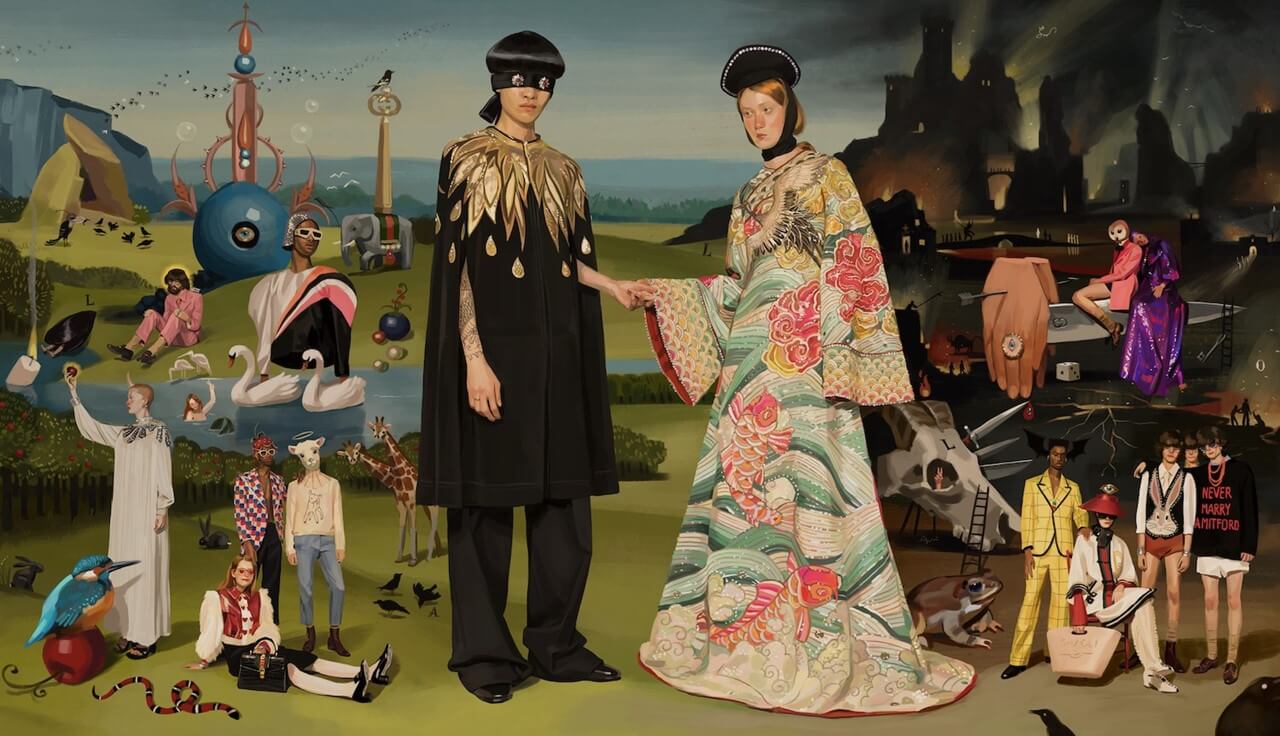
Ignasi Monreal
Who now is still not familiar with the illustration of Ignasi Monreal? The Barcelona artist based in Rome works in various media, including painting, design, creative direction, and cinema. He is the creator of the celebrated Gucci Spring / Summer 18 campaign , the first of its kind in which digital illustration is used entirely. He has also illustrated other international campaigns for Alessandro Michele and Dior. Monreal has recently exhibited at La Fresh Gallery, a show dedicated to the celebration of everyday gastronomy and called ‘ PlatsBruts ‘ (“Dirty Plates” ) .
The prizes will be awarded next June 15 in the building Disseny Hub of Barcelona. In parallel, the works by each of the prize-winners can be seen in the exhibition “Best design of the year”.
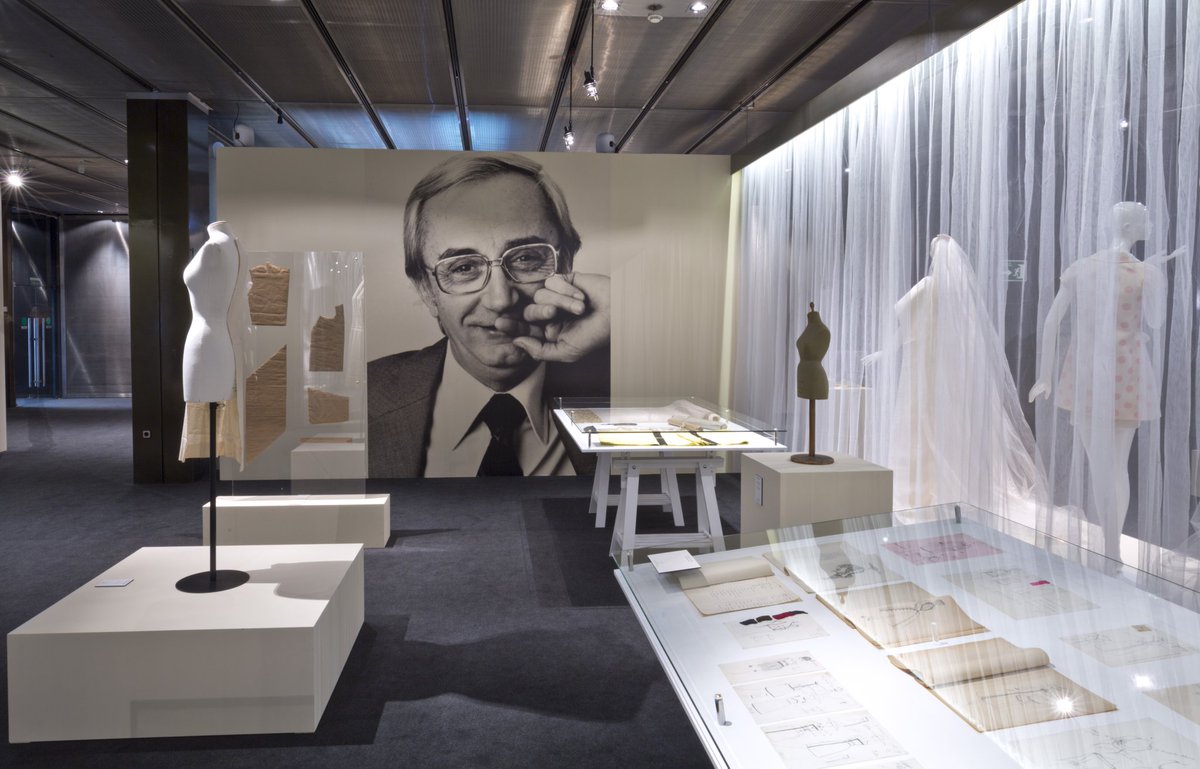
Pedro Rovira learned the trade in a tailor shop. In 1948 he founded his first fashion house in the square Gal·la Placídia, which years later moved to the Rambla del Prat in Barcelona. In 1957 he presented his collection at the Berlin International Exhibition, in 1964 he joined the Alta Costura Cooperative and the following year he presented his collection in the Spanish Pavilion of the New York International Fair.
In the 70s he started a ready-to-wear line, but he continued with haute couture. Rovira was the benchmark of Barcelona fashion during the 60s and 70s. He showed a predilection for pure lines, especially in day-time pieces. His creations stand out for the sharpness of the lines and the play of colour, for good construction and an impeccable cut.
The prizes will be awarded next June 15 in the Disseny building Hub of Barcelona. In parallel the works by pieces of each of the prize-winners can be seen in the exhibition “Best design of the year”.
















